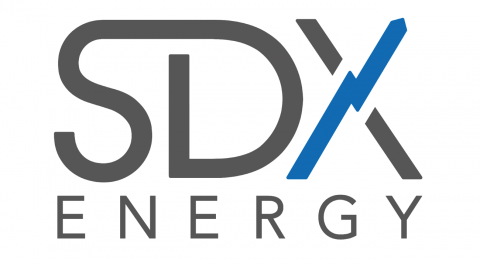OPEC is likely to maintain its production policy at a meeting in June, Kuwait’s OPEC governor said on Tuesday in the first public comment on what would be a crucial decision to determine the direction of global oil prices in the second half of the year.
Many OPEC oil ministers including Saudi Arabia’s Ali al-Naimi have defended the organisation’s November decision not to cut production but instead defend market share and curtail the output of more expensive producers such as the United States.
The accord sent oil prices below $50 per barrel, extending a sharp decline that began in June amid a global glut of crude.
The Organization of the Petroleum Exporting Countries has said it believes the oversupply, as much as 1.5 million b/d, will evaporate as oil demand picks up and U.S. oil production growth slows, with companies drilling fewer wells.
However, should U.S. oil producers prove more resilient than OPEC expects, the glut could persist and even be further aggravated if Western powers and Iran reach a nuclear deal allowing Tehran to increase its oil exports.
A deadline for a framework agreement on Iran’s nuclear programme between Tehran and six major powers is set for March, with a deadline for a full deal hoped for in June – the same month as the next scheduled OPEC meeting.
On Tuesday, Kuwait’s OPEC governor Nawal Al-Fuzaia said at an energy conference in Qatar that she thought OPEC would maintain its policy at the next meeting in Vienna on June 5.
“I think so because there is less than two months, removing weekend and summer time, before the next OPEC meeting.
“I don’t think there would be a big change in the oil market supply/demand in this time.”
Fuzaia said she did not expect oil prices to go below $40 a barrel. Brent crude is currently at about $58.
“It is difficult to predict (the) oil price point because it is not just moving on sentiment – prices are affected by geopolitics, disruption in Iraq, Iran,” Fuzaia said.
She said Iraqi oil production growth was uncertain after severe fluctuations in past months, while the return of large oil volumes from Iran could take longer than expected.
“Yes, there is an increase of production in Iraq, but the situation is still not clear,” she said.
“In Iran it is all linked with how the nuclear file will progress with the West. Even otherwise, I think the production in Iran will increase, but still not increase quickly, because the situation has been affected. The maintenance, recovery in field, bringing new equipment, will all take time.”
Analysts from the Energy Aspects think tank said that even before fresh Iranian barrels return to the market, OPEC and other oil producers will have to face lower oil prices as demand is set to weaken in April-June.
“Most of the supportive factors for Brent are starting to fade. Supplies impacted by weather and technical issues are returning, just when global refinery maintenance is about to peak,” it said in a note on Tuesday.
Bank of America Merrill Lynch said it saw downward pressure on oil persisting throughout the third quarter of 2015 as developed nations continued to build up commercial oil stocks.
“From a macro perspective a stronger dollar and weaker emerging markets will keep a lid on oil prices, while a possible Iran deal is a key risk,” it said in a note.
Source: Reuters












